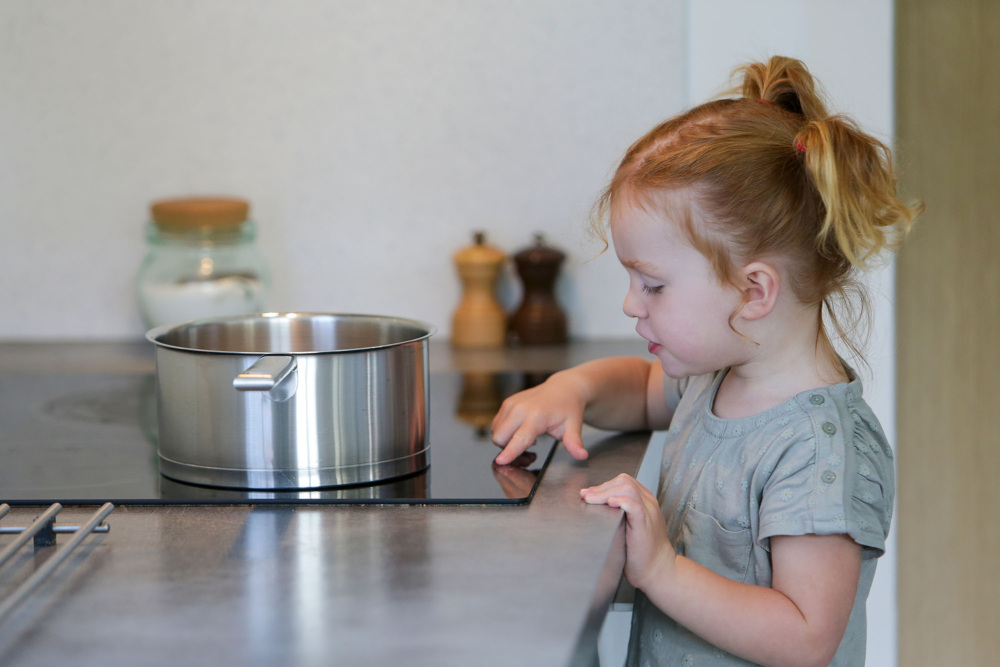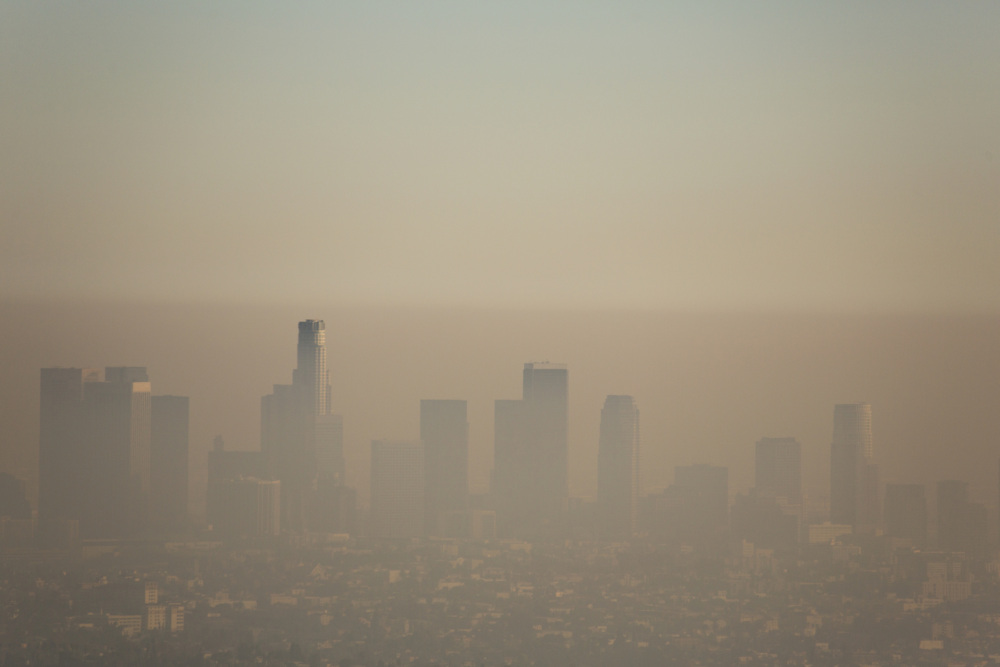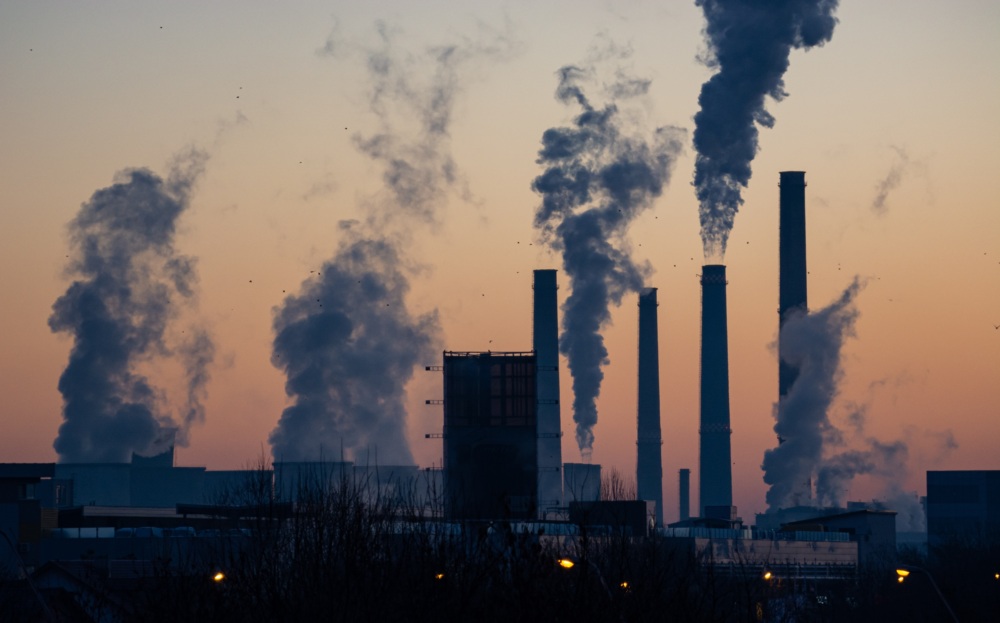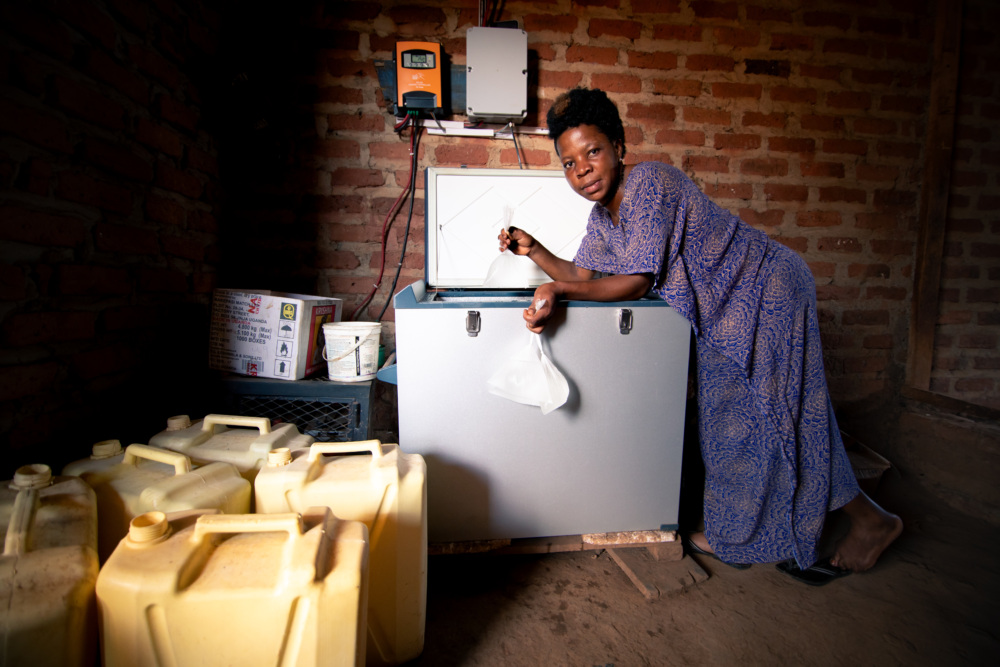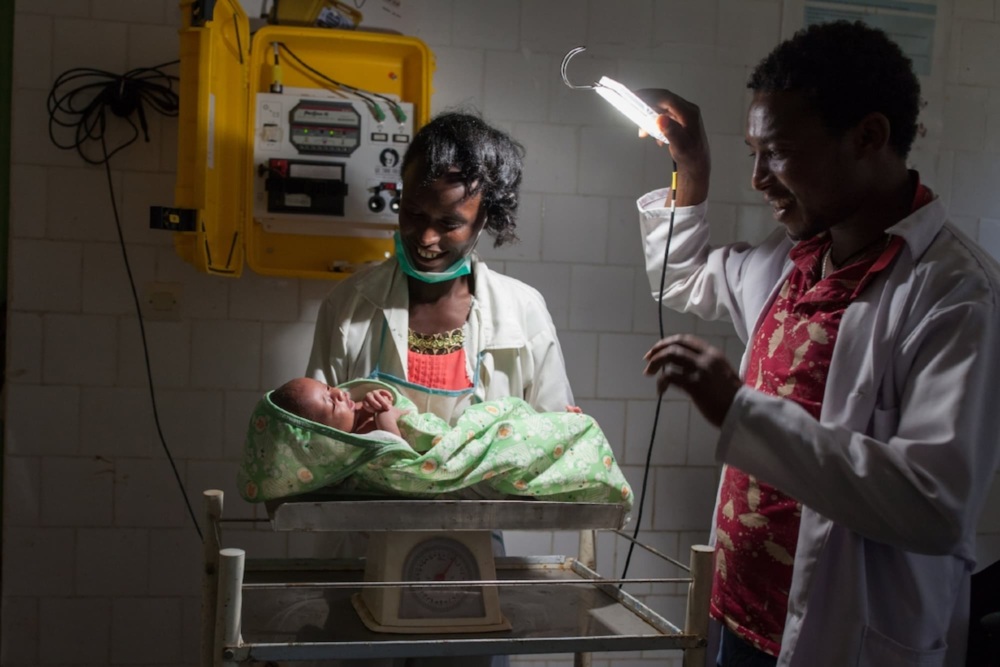The Public Health & Environmental Impacts of Cooking with Gas
Summary
This report synthesises the health risks of cooking with gas, quantifies the societal cost, and gives actionable solutions to phase out gas cooking appliances in the UK, in favour of electric alternatives.
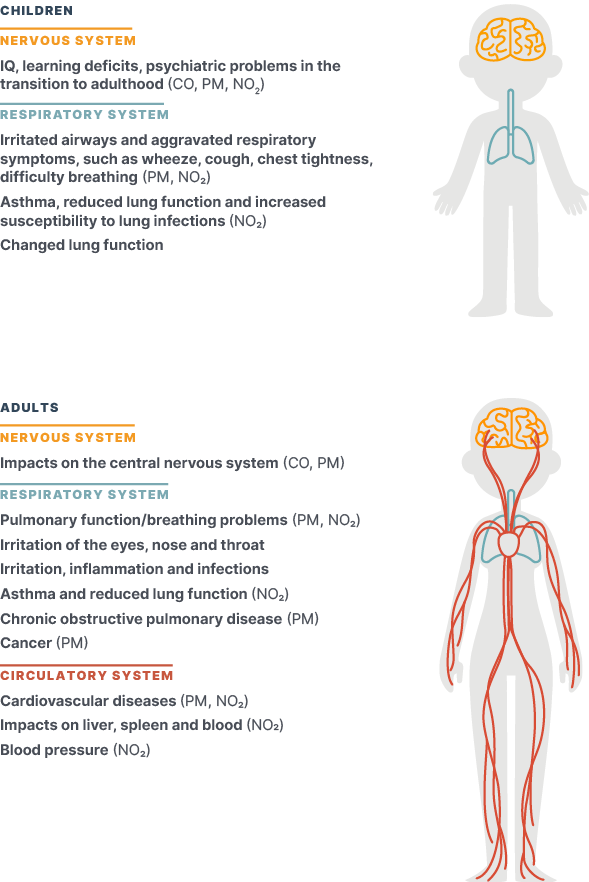
Cooking on gas adds to the health burden of indoor air pollution, emitting harmful pollutants such as NO₂ that can impact virtually the entire human body. Removing one of the key pollutant sources — gas cookers — from our homes will help create a healthier lived environment and mitigate potential risks to public health.Professor Frank Kelly
Imperial College London
Cooking with gas releases hazardous air pollutants into our homes. Over 36 million people in the UK cook with gas appliances and may be exposed to levels of indoor air pollution that would violate UK outdoor air pollution regulations. When in use, gas hobs and ovens emit carbon monoxide (CO), carbon dioxide (CO₂), and nitrogen dioxide (NO₂) which can linger indoors after use. Research indicates an association between NO₂ exposure and the development of asthma in children. Gas cooking appliances also leak unburned methane, a potent greenhouse gas.
With new research, this report:
- Synthesises the health risks of cooking with gas
- Quantifies the societal cost to the UK
- Identifies how gas cooking undermines UK Government environmental, climate and electrification efforts
- Shares results from a survey of 2000 UK households on their perspectives and awareness of the health risks of gas cooking
- Provides guidance on how to improve air quality in homes that use gas hobs or ovens
- Offers insights on the shortcomings of hydrogen as a cooking fuel
- Gives actionable policy solutions to phase out gas cooking appliances in the UK, in favour of electric alternatives
CLASP and TNO are currently conducting household field studies in the UK to validate the findings in this study. The report will be launched towards the end of 2023.
Visit our Cook Cleaner Europe page to view the TNO reports and additional resources.

